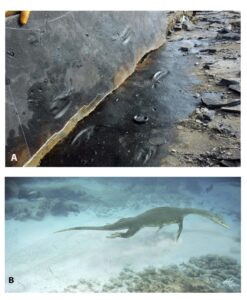The Garden Park National Natural Landmark in central Colorado U.S.A. was established for 40 acres (0.16 sq. km) by the U.S. National Park Service in 1973 in recognition of its historical and paleontological significance. It was here that rather complete dinosaur skeletons were first discovered in great abundance and diversity in the late 1800s, sparking […]
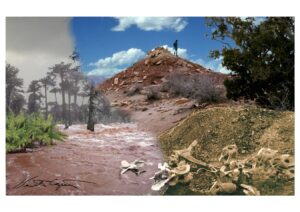
The Pha Chan – Sam Phan Bok Geopark is at the easternmost part of Thailand and has the border with Laos. Furthermore, it is the most famous Mekong River Civilization area and dominated by sedimentary rocks of the Khorat Plateau. Different erosion rate produces spectacular landforms such as potholes, rapids, stacks, cliffs, and cascades. According […]
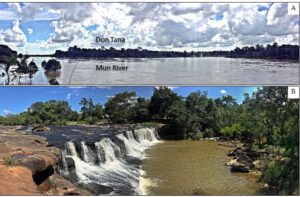
Homolje is one of the most developed geomorphological areas in Eastern Serbia. Shallow karsts prevail across this region with cover vegetation and soil, with developed surfaces, and underground karst landforms. This type of terrain leads to the occurrence of different geomorphological landforms that stand out from the rest, primarily for their scientific, aesthetic and ecological […]
Environmental problems due to mining activities in Nigeria and Cameroon have been a source of geopolitical concern. Here, we explore these issues in terms of the balance of economic benefits from mining and ensuring geological site maintenance and enhancement. The study was carried out through the use of questionnaires and interviews. 179 respondents were sampled, […]

The present work investigates the mining and sale of fossiliferous Burmese amber to determine if the profits are being used by the Myanmar military to commit atrocities against minority groups or ethnic armies within the country, as recently implied. Our conclusion, based on the information available to us, is that the great majority of Burmese […]
The concept of the volume is to survey all the key geoparks throughout Europe in terms of their palaeontological significance. The first 25 articles in this Part cover the long span of geological time from the Precambrian to the Permian, arranged in chronostratigraphic order. These document some of the most important early stages in the […]
Limestone pavements, formed in part as a result of glacial scour, are highly valued parts of the landscape of northern Britain. They have been quarried extensively for use in both gardening and for landscaping in urban recreational spaces. Legal protection was provided in the 1980s and extraction has since been halted in England. This has […]
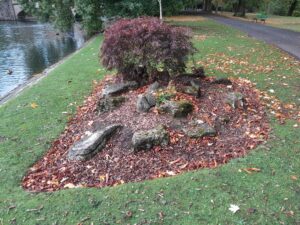
Geomorphological principles show that the earth’s surface is not fixed and changes over time. The physical elements of the earth’s surface, from microscopic components such as minerals to macroscopic phenomena such as landforms, are all part of geodiversity. Landform equilibrium and resilience are related to the resistance to the erosion pattern. In other words, morphogenic […]
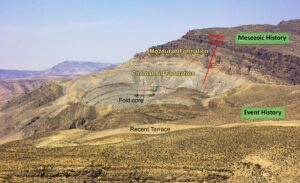
Unconsolidated diamicton deposits of Quaternary age cover much of the lowland areas of the British Isles. These are often poorly exposed and as a result their influence on development and importance as palaeontological archives are often under appreciated. Maintaining exposures in such strata is often challenging and their incorporation into the built environment is limited […]
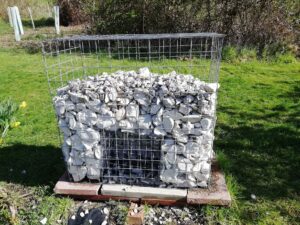
Geoparks in China have been a great success story, with 284 national geoparks and 41 of them accorded UNESCO international status, the highest number for any country in the world. We track the progress of one of the geoparks, Luoping Biota National Geopark in Yunnan Province, from initial plans after its discovery as a key […]
